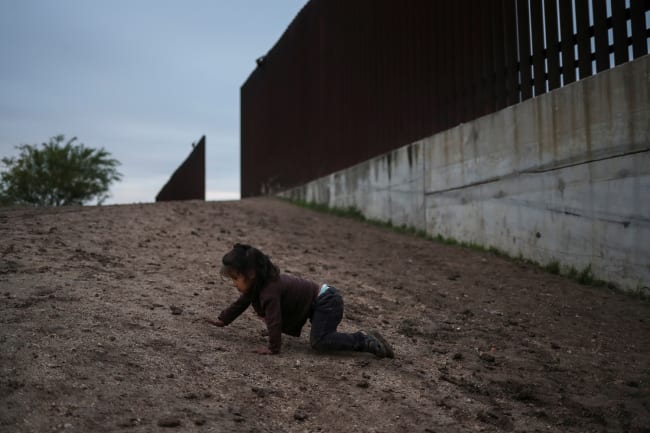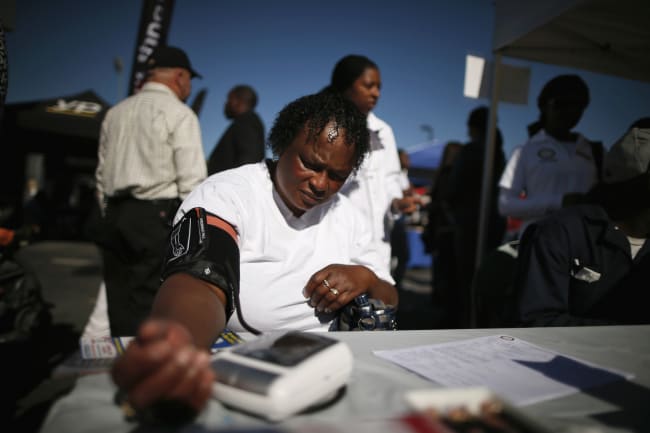Inequity and growing social divides around the world underscore the complex factors that influence individual and community well-being. This growing divide is evident, for example, in the findings from a study of communities in the Seattle area that found a gap in life expectancy among people living just miles apart—18 years for men and 14 years for women. The gap is even more striking when considering that the Seattle area ranks among the top 5 percent in the United States for household income and life expectancy. It illustrates the critical importance of understanding peoples' needs at the community level.
Feelings of belonging and social support help individuals to achieve their goals and thrive
Unfortunately, the scientific community has been slow to develop strategies necessary to assess, measure, and promote well-being within communities. There is not yet a standard definition of social well-being, but the concept encompasses the state of social connection, sense of belonging, trust, and social cohesion. Feelings of belonging and social support help individuals to achieve their goals and thrive. At the community level, social connection, trust, and cohesion also play a vital role in building strong interpersonal relationships and networks that individuals can rely upon when communities face hardship and disaster.
Despite evidence of the importance of social relationships to physical, mental, and community health, we lack valid and widely accepted indicators that measure variation in these factors across communities. Communities need more and better data to measure what matters and to develop effective solutions for promoting well-being and addressing risks to health and economic development.

While the importance of social well-being has been studied by some academic researchers, it has been conducted on a small scale and progress has been slow. Some studies have found evidence that links social well-being indicators such as loneliness and social isolation to both physical and mental health outcomes. For example, analyses of the 1995 Chicago heat wave, which killed more than 700 people in under a week, found that stronger social connections within communities were a protective factor against mortality. Other studies have also demonstrated the importance of sense of belonging and cultural networks to mental health and life satisfaction among refugees. During the pandemic, trust in the government and interpersonal trust have had statistically significant associations with lower COVID-19 infection rates.
Individual studies such as these tell us that social well-being plays a significant role in the overall well-being of communities, yet little has been done to develop universal measures of social well-being, data collection systems to track outcomes, or interventions that can foster and improve social well-being. There is also a critical need for more research and funding to systematically improve the measurement and assessment of social well-being and its impact on health and economic development.
A multifaceted, community-engaged approach is needed to move the field of well-being promotion forward. It requires developing a better understanding of the social and emotional factors that impact health and well-being and linking these factors to outcomes that matter most to communities. We need to ask ourselves, "What are the missing pieces that explain why some communities thrive despite disease burdens and risk factors that traditionally predict poor outcomes in life expectancy and disability?"
Stronger social connections within communities were a protective factor against mortality during the 1995 Chicago heat wave
By comparing communities based on their socio-demographic profiles, such as average income and educational attainment, rather than comparing them by geographic proximity, such as two bordering counties, we can identify and learn from communities that are "high performers." This research and data can then be leveraged to identify evidence-based interventions, which in turn, can be offered as resources and insights to communities. We need to ask ourselves, "How can our approach build bridges and foster trust between communities and organizations?" And "How can we share evidence, collaborate on learning, and co-generate new ideas for well-being promotion?"
We need to fund innovative, community-driven projects that seek to support informed decision-making through improvements in the quality of data that will help guide investment and resource allocation. We need to ask ourselves, "How can our approach, metrics, and solutions be scaled for success?"
We believe like-minded collaborators can begin taking a more holistic approach to well-being promotion and by doing so generate the evidence and proof for how social connections within communities yield broader improvements in the health of populations. We propose making long-term investments in research, collaboration, community engagement, and innovative approaches to measuring and improving social well-being. This will ensure all communities and individuals have the resources they need to thrive—paving the way for a healthier future together.













